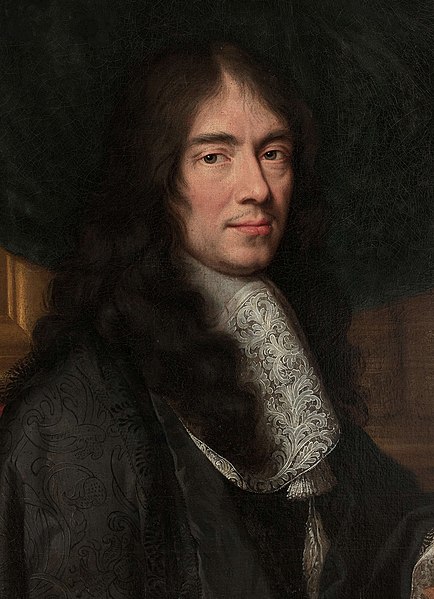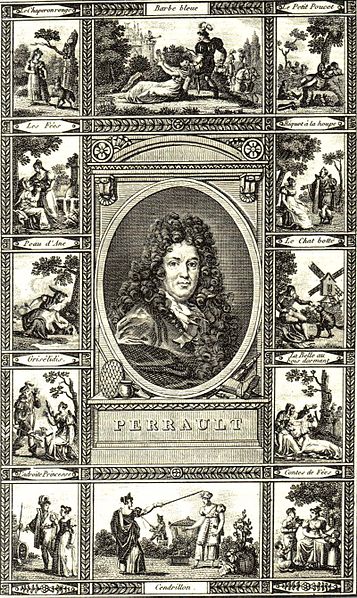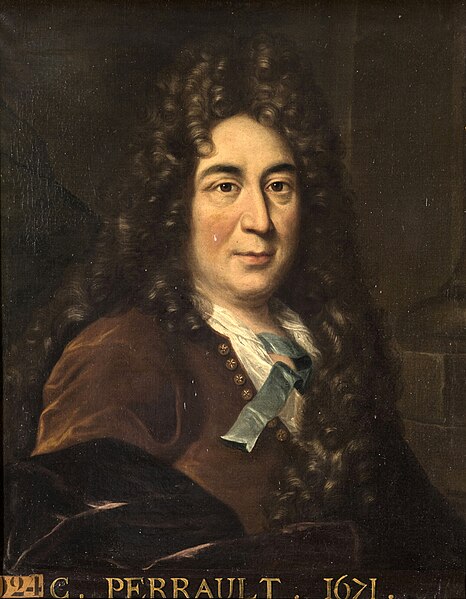"Bluebeard" is a French folktale, the most famous surviving version of which was written by Charles Perrault and first published by Barbin in Paris in 1697 in Histoires ou contes du temps passé. The tale tells the story of a wealthy man in the habit of murdering his wives and the attempts of the present one to avoid the fate of her predecessors. "The White Dove", "The Robber Bridegroom", and "Fitcher's Bird" are tales similar to "Bluebeard". The notoriety of the tale is such that Merriam-Webster gives the word Bluebeard the definition of "a man who marries and kills one wife after another". The verb bluebearding has even appeared as a way to describe the crime of either killing a series of women, or seducing and abandoning a series of women.
Bluebeard, his wife, and the key in a 1921 illustration by W. Heath Robinson
The Wife is given the keys of the house. Illustration by Walter Crane
Bluebeard is slain in a woodcut by Walter Crane
Edmund Dulac illustration, 1910
Charles Perrault was a French author and member of the Académie Française. He laid the foundations for a new literary genre, the fairy tale, with his works derived from earlier folk tales, published in his 1697 book Histoires ou contes du temps passé. The best known of his tales include "Le Petit Chaperon Rouge", "Cendrillon" ("Cinderella"), "Le Maître chat ou le Chat botté", "La Belle au bois dormant", and "Barbe Bleue" ("Bluebeard").
Portrait (detail) by Charles Le Brun, c. 1670
Perrault in an early 19th-century engraved frontispiece
Portrait of Perrault, c. 1685–1700 (the visible date of 1671 is when he was elected to the French Academy)







